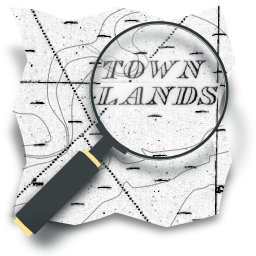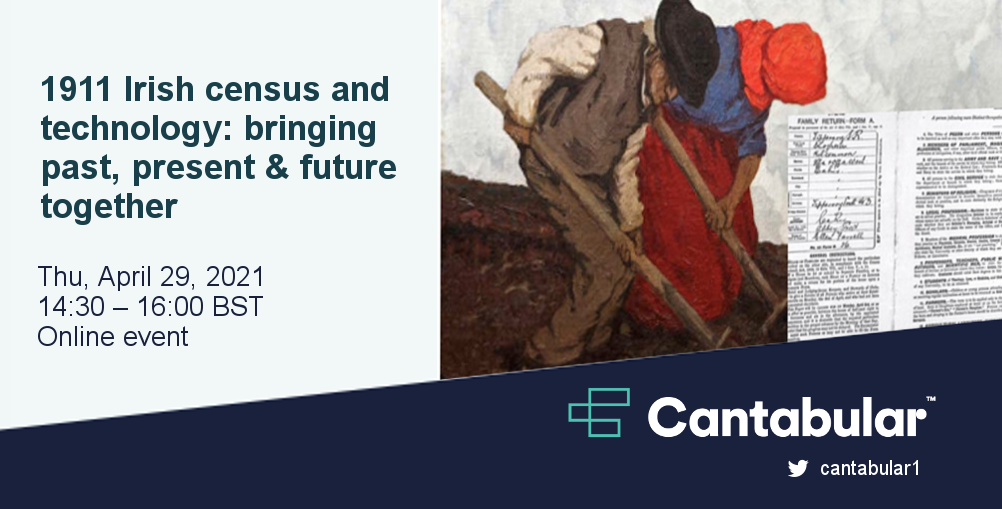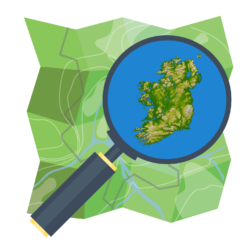OpenStreetMap is not merely a map of roads, buildings, land uses, coastal areas and mountain tops. OpenStreetMap contains many hidden treasures, which take the form of wonderful and obscure boundaries. These have been added by Ireland’s OpenStreetMap contributors, in the hope that such things will provide some context to places, but also in the hope that one day they could be directly re-used by those that may wish to download them.

In the absence of an official townland boundary file from the Ordnance Survey, the OpenStreetMap community in Ireland started a major community project to add townlands and other boundaries by tracing out of copyright maps, namely some OS 6inch map sheets and the British War Office GSGS 3906 map sheets, into the OpenStreetMap database. This big push was started in 2010 and ran for several years until eventually in 2015 an astounding 61,110 townland boundaries had been carefully traced and added to the OSM database. Townlands (www.townlands.ie) often relate to other larger administrative divisions, so simultaneously an effort to also map Civil Parishes, Electoral Divisions, Baronies, and counties was started. There are some official boundary datasets for these larger divisions, but they are not available from data.gov.ie, or are not shared with a sufficient licence to allow OpenStreetMap upload and share them.
In February 2021 The Sensible Code Company from Northern Ireland approached OpenStreetMap Ireland contributor Brian Hollinshead to discuss their requirements to have Electoral Divisions in Northern Ireland added to the 3,800 already mapped on the rest of the island. This will help establish an all-island historical 1911Census viewer, which will be launched shortly, and which will use Sensible Code’s Cantabular Technology. The census data has been carefully scraped from the National Archives website. Cantabular offers the potential for historians and researchers to create tabular views of areas disaggregated at lower levels than provided by the original reports in a manner similar to the way the present-day Census is reported on the CSO’s PxStat. What Cantabular will ultimately achieve is a use-case for the provision of official boundaries in OpenStreetMap, but will also add a stronger spatial component to the National Archive data and make exciting new possibilities for profiling Ireland’s local places in the past.
OpenStreetMap Ireland contributor Anne Karoline Distel was involved in the final push to map the historic Electoral Divisions of Northern Ireland with the use of the dissolve tool developed by another OpenStreetMap contributor John Kennedy.

OpenStreetMap Ireland welcomes the innovation of The Sensible Code Company which is a good example of a service using boundaries and archive data. OpenStreetMap Ireland also wants to commend all of the volunteers who contributed to the townland and other boundaries project over the years. The entire OpenStreetMap community looks forward to using Cantabular after it launches on the 29th of April.


1 Comment
weeklyOSM 562 | weekly – semanario – hebdo – 週刊 – týdeník – Wochennotiz – 주간 – tygodnik · 02-May-2021 at 11:48
[…] Ireland has worked on mapping Ireland’s historic boundaries over the past decade, through this project: http://townlands.ie. These boundaries are now very […]
Comments are closed.